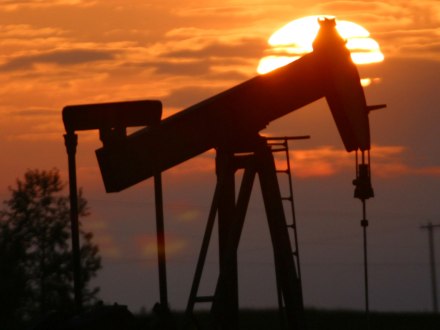By Hussein Sayed, Chief Market Strategist at FXTM
The price war between Saudi Arabia and Russia ended over the weekend as the world came together to slash oil output by more than 10%, which is the largest oil production cut ever agreed to. The only solid details revealed were that OPEC and its allies will cut production by 9.7 million barrels a day starting in May. Meanwhile, the impact of low oil prices will force other G20 nations to contribute an additional cut of almost 5 million barrels.
The deal seems to have put a floor under Oil prices, but judging from Monday’s reaction, investors aren’t convinced that prices will get a strong boost. Early Monday, WTI and Brent crude were both trading 4% higher. That’s still 61% lower for WTI and 50% lower for Brent, year-to-date.
The lack of hard commitments from G20 countries shows obvious weakness in the deal. And when taking into consideration the drop in demand, which is expected to top 30 million barrels a day this month, the markets will remain in a supply glut.
Going forward, traders need to monitor inventory levels and strategic petroleum reserves (SPRs). Inventory levels are expected to continue to climb over the coming weeks, albeit at a slower pace. However, will the US and other nations absorb the additional supply through their SPRs? That could determine whether prices continue to go higher from here or have possibly hit a wall.
Equity markets were not helped much by the Oil deal. Major US stock future indices declined by more than 1.4% early Monday after the S&P 500 recorded its largest weekly jump since 1974.
While COVID-19 pandemic news remains the most significant factor influencing investors’ decisions, the earning season which kick offs this week will provide more clarity on how much damage the virus has already done to US corporates.
It’s going to be ugly across all sectors, but markets have already priced in a large chunk of this. The question now is, are we witnessing a new bull market or is there still more pain ahead before the rally becomes sustainable?
The answer lies in how long the world economy will remain shut, meaning will we see a ‘one lockdown and gradual reopen’ phase or will there be a need for an extended period of lockdowns? We may then be able to gauge how consumer behaviour will change after the pandemic.
We still have few answers to these questions at present, but the longer the pandemic stays without a treatment or a vaccine, the more time it will take to see a sustainable rally in equities. Monetary and fiscal policies can only support the markets to a certain extent, but it’s the fundamentals of the economy that will rule in the end.
For information, disclaimer and risk warning visit FXTM
FXTM Brand: ForexTime Limited is regulated by CySEC and licensed by the SA FSCA. Forextime UK Limited is authorised and regulated by the FCA, and Exinity Limited is regulated by the Financial Services Commission of Mauritius








